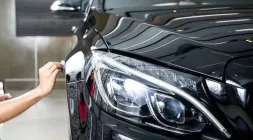8 Main Car Care in Cold Weather that All Car Owners Should Know
Check out to know the ways to take care of your car during cold weather.
Keeping your car in good shape is a task that requires your attention whole-year round. If you think that it’s only the summer months that you have to worry about, then you need to read on.
Your car needs as much TLC on cold weather as it does on any other time of the year. A common misconception by many is thinking that cold weather is good for their cars. The cooler weather condition makes people think that it helps reduce cases of engine overheating and related incidents. This belief is false knowledge and even car manufacturers strongly advise against it.
There is no doubt that vehicle parts are made durable to withstand changing temperature. However, this does not make it totally resilient to cold weather. Prolonged exposure to this kind of temperature can cause damage to some of your car’s parts. To avoid the trouble of paying for costly repairs, Philcarnews.com gathered a few tips on how you could make the cold weather a bit more tolerable for your vehicle, take a look here:
1. Check your engine oil
Engine fluids, especially engine oil needs to be smooth and runny in order to do its job effectively. If it thickens due to cold weather, it may not be able to lubricate the engine parts properly. If the weather is still tolerable for your car, you can take precautionary measures and spend a bit more time running it on low rpm before taking it out on the road. This makes sure the engine oil is heated well enough so it can flow smoothly into the parts it needs to lubricate.
If you want to take safety measures to the next level, you can purchase engine oil that’s solely intended for use in cold weather. These can be used on your engine all year round while it also keeps its smooth and runny consistency even in cold weather. The cost is usually higher than regular engine oil but it definitely helps to keep those expensive car parts safe from damage.
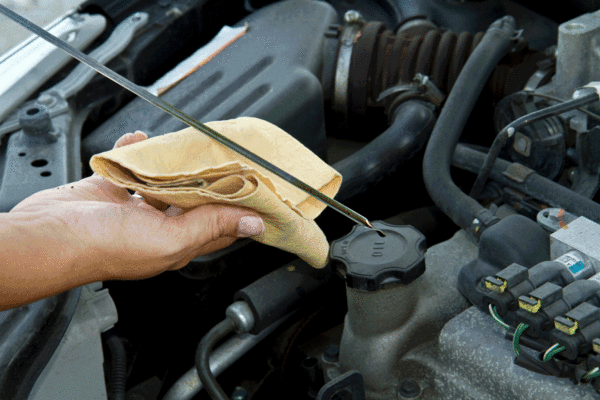
Engine fluids, especially engine oil needs to be smooth and runny in order to do its job effectively
2. Check the Brakes
The cooler season in the Philippines is usually composed of rain and cold winds. This weather condition makes you want to reach your destination as soon as you leave the house due to the road dangers it poses. You car’s brakes are a vital element to preventing accidents but they too, are affected by the cold. The brake pads wear out faster in this type of weather condition. It also compromises the rotors ability to immediately stop the wheel rotation, especially on slippery roads.
It is advisable to replace brake pads once early signs such as grinding or screeching noises are heard. Also, avoid aggressive driving in events of heavy rain and be generous to other drivers. This will help prevent accidents in the event of brake failure.
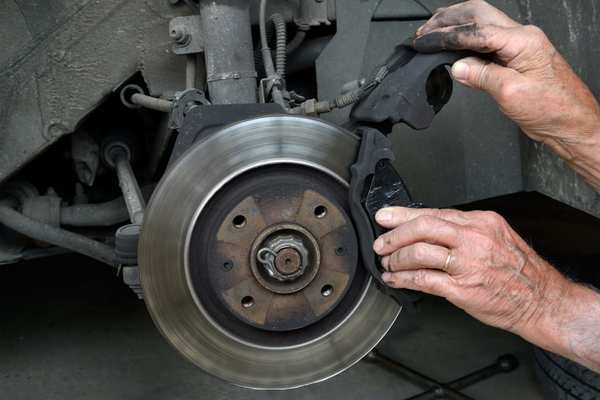
You car’s brakes are a vital element to preventing accidents but they too, are affected by the cold
3. Replace Wiper Blades
The wiper blades aren’t always the first thing that crosses the mind of car owners when they think of maintenance and car care. However, these are actually one of those parts that you would want to consider checking first especially in cooler weather. In a low temperature environment, the moisture content in the air changes dramatically and this can affect the quality of your wiper blades. It can cause them to leave streaks of moisture on your windshield.
Spraying water is also not recommended since the cold weather may just cause the water particles to crystallize. This will cloud the windshield and minimize road visibility for the driver.
If your windshield wipers have been on your car for quite some time, then consider changing them before the cold weather starts. Winter-type wipers are popular in countries where there’s snow, but sturdy, new windshield wipers are fine with our cold weather here.
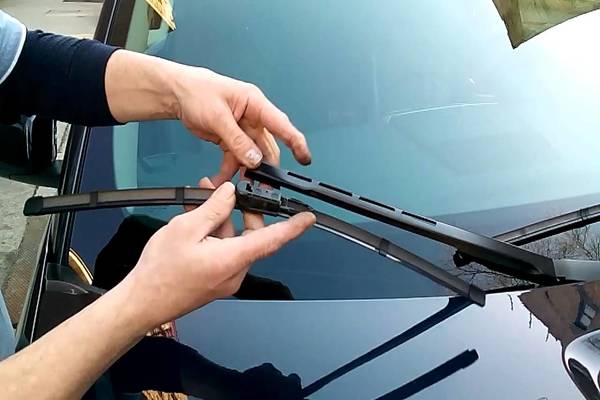
The wiper blades aren’t always the first thing that crosses the mind of car owners when they think of maintenance and car care.
4. Check Your Tires Often
Having adequate air pressure in the tires is essential at any time of the year and at any temperature. However, the cold weather may cause air pressure reduction in some tires. Take note that not all tires are manufactured the same way, so there will be tire brands that are more tolerant to the cold weather while there are some that are more likely to deflate. Regardless if you’re driving the car or not, your tires can lose as much as 10% of air pressure and this is not a good.
To minimize your chances of driving on a flat tire, make a habit of checking your tire pressure every morning before you drive off. Refer to your manual about the appropriate tire pressure for your car and then use a pressure monitor to check each tire. Immediately add air to tires that are underinflated. Once you leave your home, keep inspecting your tires whenever you can. A quick and simple visual inspection will let you know if the contact patch develops in size. Contact patch is the flat part of the tire that stays intact to the road.

To minimize your chances of driving on a flat tire, make a habit of checking your tire pressure every morning before you drive off
5. Inspect the Batteries
Car batteries react differently to summer months compared to cooler weather. In summer, they seem to work more effectively while the opposite can be expected in the cold season. A typical lead acid battery has electrolyte liquid with lead plates in it. This combination creates a good amount of electro-chemical reaction that produces adequate charge to supply electricity to the car parts that need it. In summer months, the speed of the process is almost doubled by the heat in the surroundings. In the cold however, this process is slowed down dramatically.
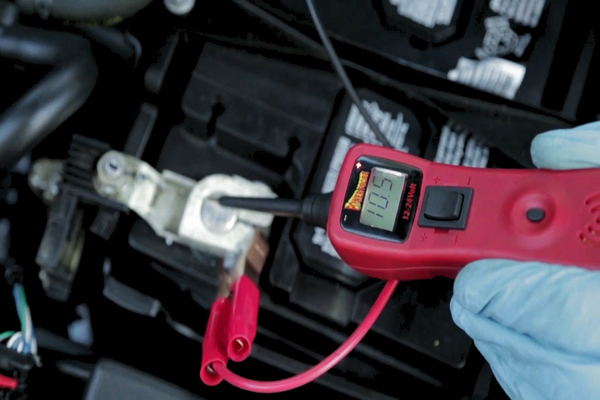
Car batteries react differently to summer months compared to cooler weather
To save you from being stranded due to faulty batteries, you should start paying closer attention to it even before the dreadful cold weather kicks in. Whatever the weather conditions may be, consider replacing your car battery with a new one once the current battery has reached 3 years old. Also, if you’re having a hard time starting your car engine, don’t immediately assume that the battery is defective. Check if the battery cables remain unaffected by the cold and that they are all tear-free and plugged in. If you are unsure, refer to your manual or simply dial the closest auto repair shop to set an appointment.
>>> Click to get more helpful car maintenance tips
RECENT ARTICLES


